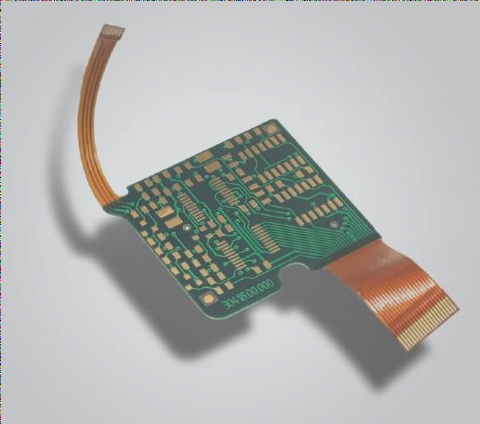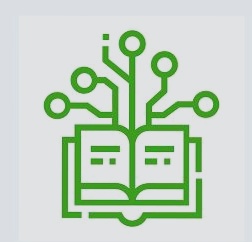Manufacturing Process of Copper Clad Laminate for PCBs
PCB board copper clad laminate is a substrate material used for making printed circuit boards, supporting components while enabling electrical connections or insulation. The manufacturing process involves impregnating materials like glass fiber cloth or paper with adhesives such as epoxy or phenolic resin, followed by lamination with copper foil and application of heat and pressure to create the final laminate.
Manufacturing Process of Copper Clad Laminate for PCBs Read More »




